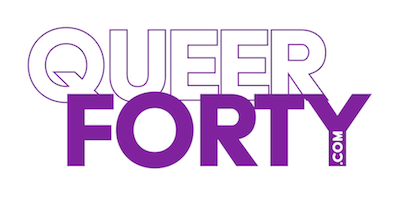Here are the most diverse states in the U.S.
With Hispanic (Latinx?) Heritage Month beginning September 15 and debate around it continuing, the reality of being a minority in the not-so-united States of America is worthy of analysis. A new study by WalletHub has revealed the most and the least diverse states.
How you identify is non-negotiable but depending on where you live and in which state might make your life more or less perilous.
Yes, we celebrate Hispanic Heritage Month in September, and yes women currently hold a record number of Fortune 500 CEO positions—nevertheless, it’s still only 8.8% of the total.
To find out where the most idea and identity exchanges have occurred at the highest level in the U.S. – and where the population is relatively more homogeneous – WalletHub compared the 50 states across six key categories: socio-economic, cultural, economic, household, religious and political diversity.
This week, personal-finance website WalletHub released its report on 2022’s Most & Least Diverse States in America, as well as accompanying videos and expert commentary.
READ THE FULL REPORT HERE.
Most Diverse States in America
1. California
2. Texas
3. Hawaii
4. New Jersey
5. New York
6. New Mexico
7. Florida
8. Maryland
9. Nevada
10. Arizona

Least Diverse States in America
41. Iowa
42. Ohio
43. Utah
44. Wyoming
45. Kentucky
46. Montana
47. New Hampshire
48. Vermont
49. Maine

Key Stats
- Hawaii has the highest racial and ethnic diversity, which is 3.1 times higher than in Maine, the state with the lowest.
- California has the highest language diversity, which is 2.3 times higher than in West Virginia, the state with the lowest.
- Nevada has the highest birthplace diversity, which is three times higher than in Louisiana, the state with the lowest.
- North Dakota has the highest religious diversity, which is two times higher than in Maine, the state with the lowest.

What can policymakers do to encourage integration across neighborhoods?
“Policymakers can provide resources and enforce existing laws to combat racial discrimination at every stage of the home buying process, for example.” — Lori L. Martin – Professor, Louisiana State University
“Policymakers have to pay attention to changing migrant patterns. If policy changes are encouraging migrant workers and young college graduates to move to its state, policymakers must message how these shifts are positives for the state to reduce the likelihood of local residents feeling threatened by the changes. Policymakers must have cultural awareness programs as demographics shift to expose local residents to a new environment. It is also on employers to do the same.” — Rashawn Ray, Ph.D. – Senior Fellow, The Brookings Institution
What can local governments do to ensure health equity among minority groups?
“Local governments can begin by offering information campaigns that remind citizens that they have the political wherewithal to reject fast food restaurants that want to set up operations in the area. There should be advertising campaigns that target disadvantaged and/or minority groups to embrace only establishments that treat food as medicine one can ingest to strengthen the body. Much too often, ‘healthy’ restaurants desire to set up shop in affluent communities so that food prices can be increased. This practice is unfortunate, since healthy food is not, in any way, tied to ingredients that need to be expensive.” — Jack Fong – Professor, California State Polytechnic University, Pomona
“Health equity is central. COVID-19 has shown us how disparate health outcomes can be for people living in the same state or even across town in the same city. Access is key. The local government needs to ensure local residents have equitable access. This means thinking about the location of hospitals, encouraging healthcare companies to place clinics and pharmacies in underserved communities, and working with local organizations, churches, and community centers to meet people where they are to focus on prevention and health maintenance. This also means pushing employers to give people proper health insurance. Employer-based health insurance is the main way that people obtain healthcare coverage.” — Rashawn Ray, Ph.D. – Senior Fellow, The Brookings Institution






